What GreenLake for Large Language Models says about HPE's strategy
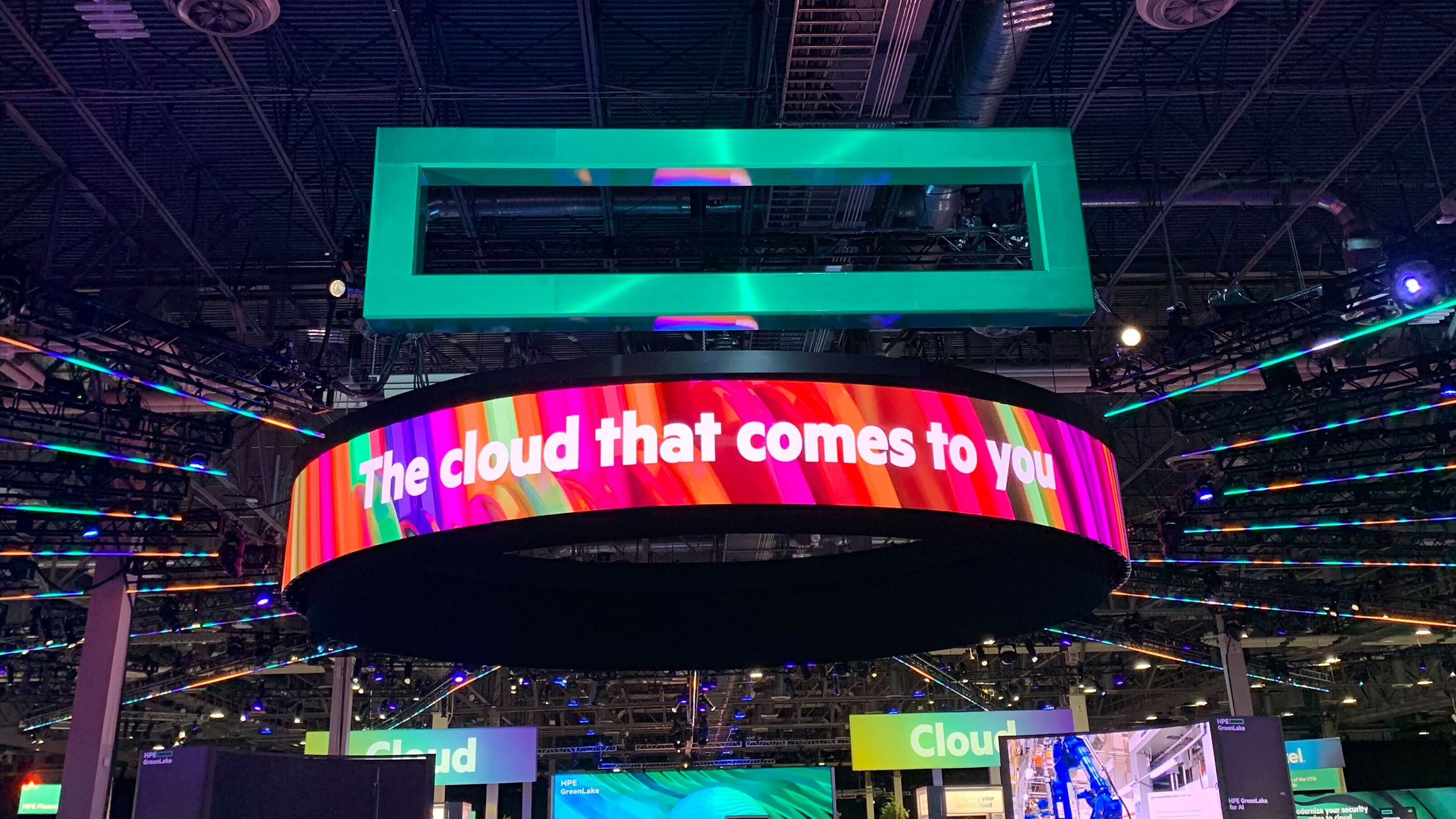

HPE’s GreenLake for Large Language Models (LLMs) announcement brings together a lot of threads that the company has been collecting over the past few years.
First of all, it should come as no surprise to anyone at all that this comes under the GreenLake banner. CEO Antonio Neri said in 2021 that GreenLake is the future of HPE and clearly he meant it – the company does both indirect and direct sales that aren’t offered on a consumption-based model, but you would be forgiven for thinking otherwise.
It also brings together a lot of acquisitions and partnerships into a single, zeitgeist-capturing offering. It’s also always good to see an acquisition being put to good use, rather than left to languish and this is especially true when we’re talking about such a venerable brand as Cray.
Reminiscences aside, let’s have a look at the meat of this.
While Justin Hotard, executive vice president and general manager for HPC and AI at HPE, mentioned generative AI three times during the press briefing, this isn’t a generative AI product. That’s not a problem, by any means, but it’s telling that it was mentioned up front: DALL-E, Chat GPT, Midjourney, Bard, et al are all seen almost as magic and it seems organizations want a bit of that sparkle to rub off on their AI offering, even if that’s not quite what’s actually for sale. Even those of us who think supercomputers and what they can do is all really rather cool sadly have to acknowledge that most other people in the world – including most people with control over the purse strings – do not feel the same way.
RELATED RESOURCE
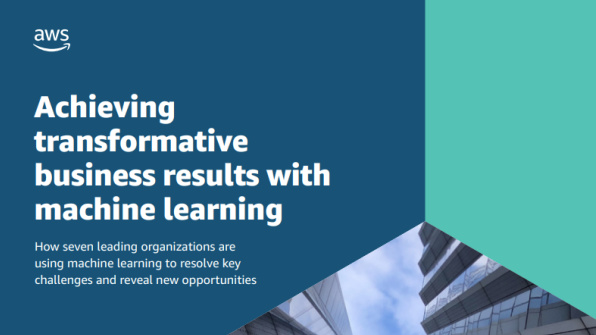
Achieving transformative business results with machine learning
How seven leading organizations are using machine learning to resolve key challenges and reveal new opportunities
Nor is this HPE’s first AI offering: GreenLake for Machine Learning, Swarm Learning, and Machine Learning Development System, to name just three, have all been available for a year or more. There’s even Champallion, the AI-based supercomputer joint developed by HPE and Nvidia in 2022.
Nevertheless, it’s an interesting proposition. The fact it’s only currently available as a private cloud offering, specifically an off-premises offering, is intriguing from the point of view of how HPE has typically positioned GreenLake products. There’s not so much as a whiff of the word “hybrid” about these. As for why this is the case, my guess is that it’s largely, if not entirely, to do with the hardware. As Hotard said, HPC infrastructure has different requirements to even the most powerful servers you may find in a normal data center.
Get the ITPro daily newsletter
Sign up today and you will receive a free copy of our Future Focus 2025 report - the leading guidance on AI, cybersecurity and other IT challenges as per 700+ senior executives
The data sovereignty aspect is also worth paying attention to. Multiple organizations have got ahead of themselves embracing publicly available generative AI platforms in particular, only to discover they had accidentally handed over the keys to the corporate kingdom in the process.
Overall, it’s an intriguing proposition and it will be interesting to see how uptake and rollout goes both immediately and in the longer term. AI isn’t a flash in the pan, but the hype surrounding it at the moment is stifling – let’s see if this has sticking power once the froth has dissipated.

Jane McCallion is Managing Editor of ITPro and ChannelPro, specializing in data centers, enterprise IT infrastructure, and cybersecurity. Before becoming Managing Editor, she held the role of Deputy Editor and, prior to that, Features Editor, managing a pool of freelance and internal writers, while continuing to specialize in enterprise IT infrastructure, and business strategy.
Prior to joining ITPro, Jane was a freelance business journalist writing as both Jane McCallion and Jane Bordenave for titles such as European CEO, World Finance, and Business Excellence Magazine.
-
 Should AI PCs be part of your next hardware refresh?
Should AI PCs be part of your next hardware refresh?AI PCs are fast becoming a business staple and a surefire way to future-proof your business
By Bobby Hellard Published
-
 Westcon-Comstor and Vectra AI launch brace of new channel initiatives
Westcon-Comstor and Vectra AI launch brace of new channel initiativesNews Westcon-Comstor and Vectra AI have announced the launch of two new channel growth initiatives focused on the managed security service provider (MSSP) space and AWS Marketplace.
By Daniel Todd Published
-
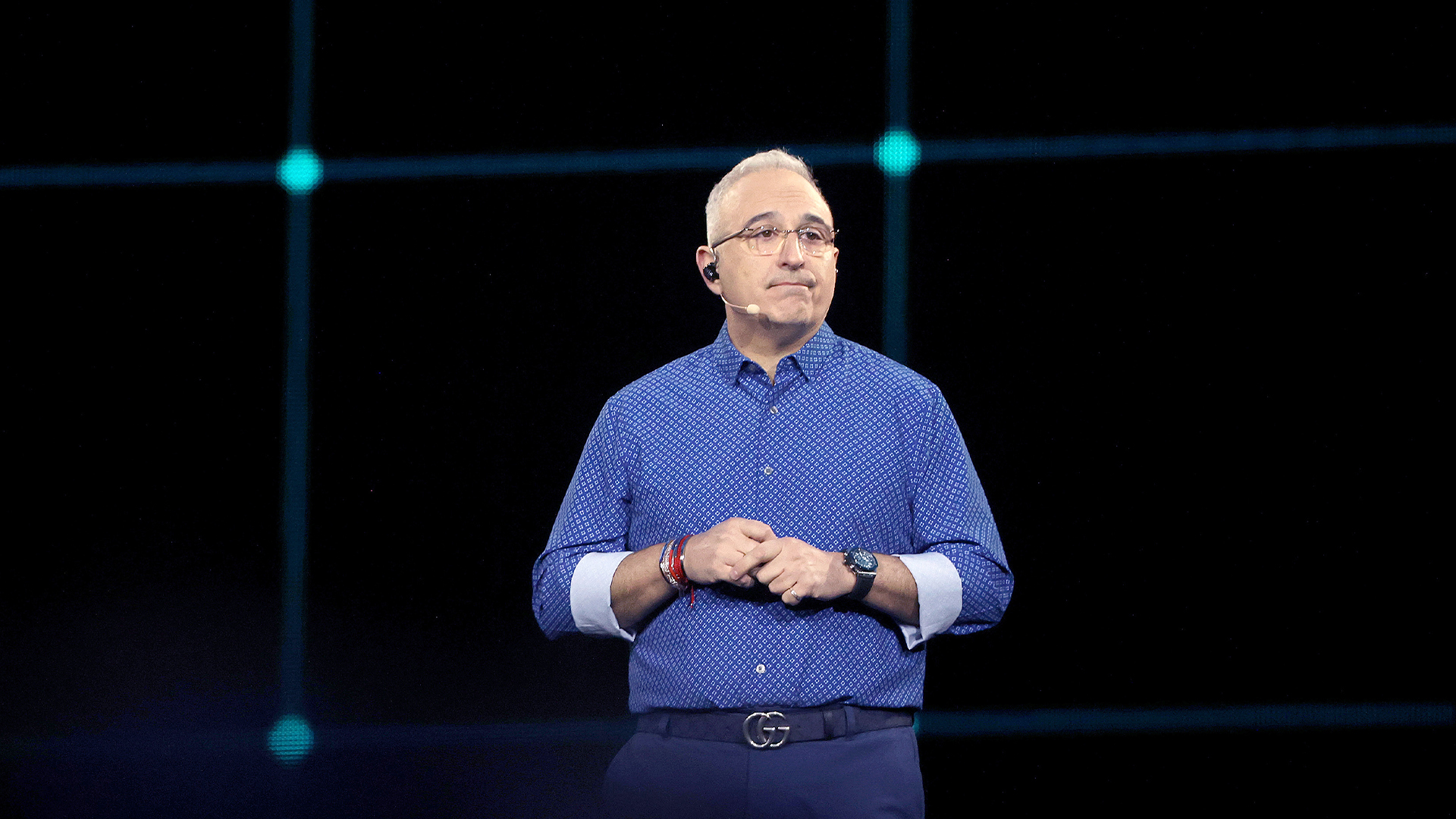 What HPE's results say about the direction of enterprise AI
What HPE's results say about the direction of enterprise AIAnalysis As with cloud computing, some companies value privacy over capacity
By Jane McCallion Published
-
 Gaining timely insights with AI inferencing at the edge
Gaining timely insights with AI inferencing at the edgeWhitepaper Business differentiation in an AI-everywhere era
By ITPro Published
-
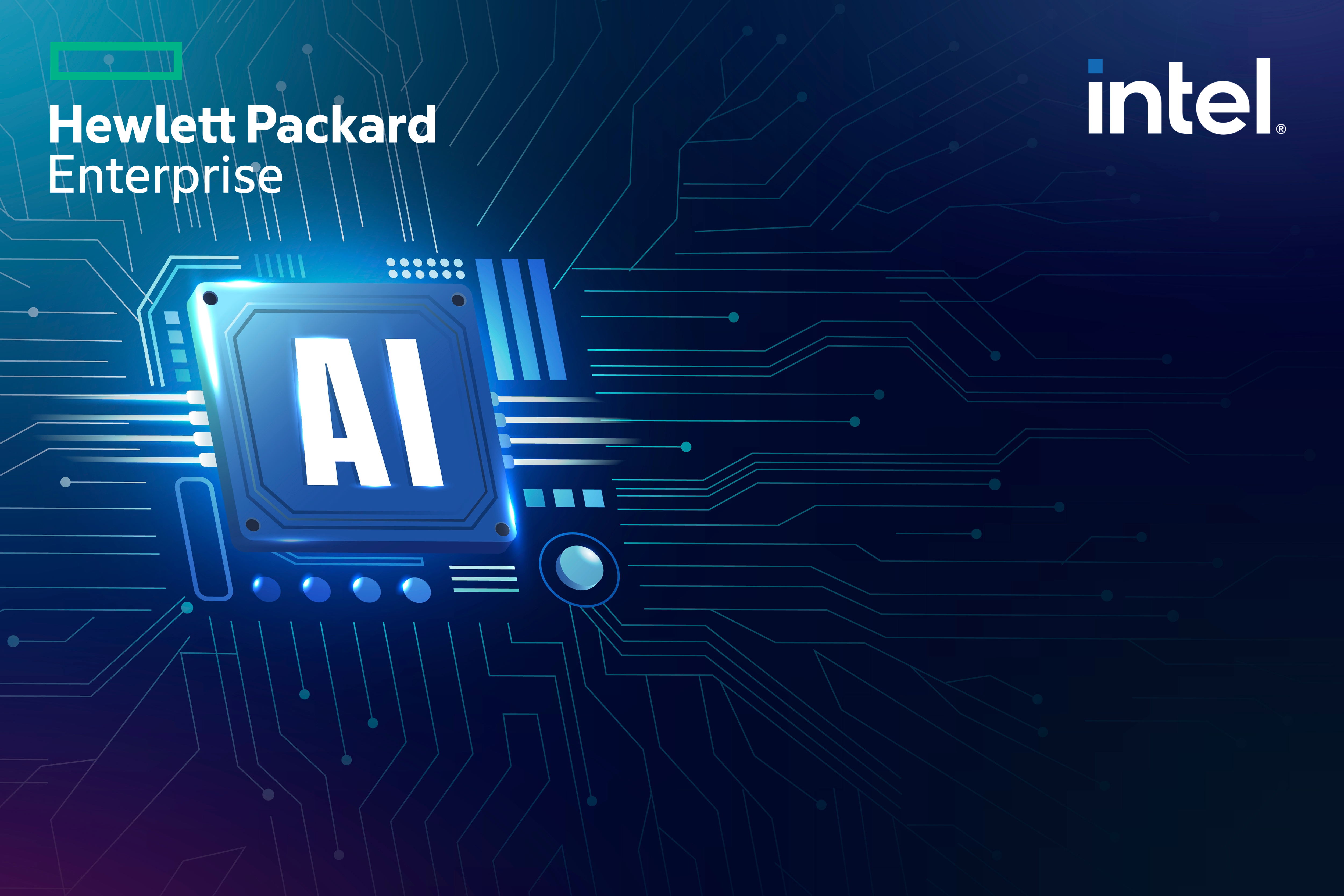 Digital strategies in the era of AI
Digital strategies in the era of AIWhitepaper Businesses are on the cusp of a major paradigm shift
By ITPro Published
-
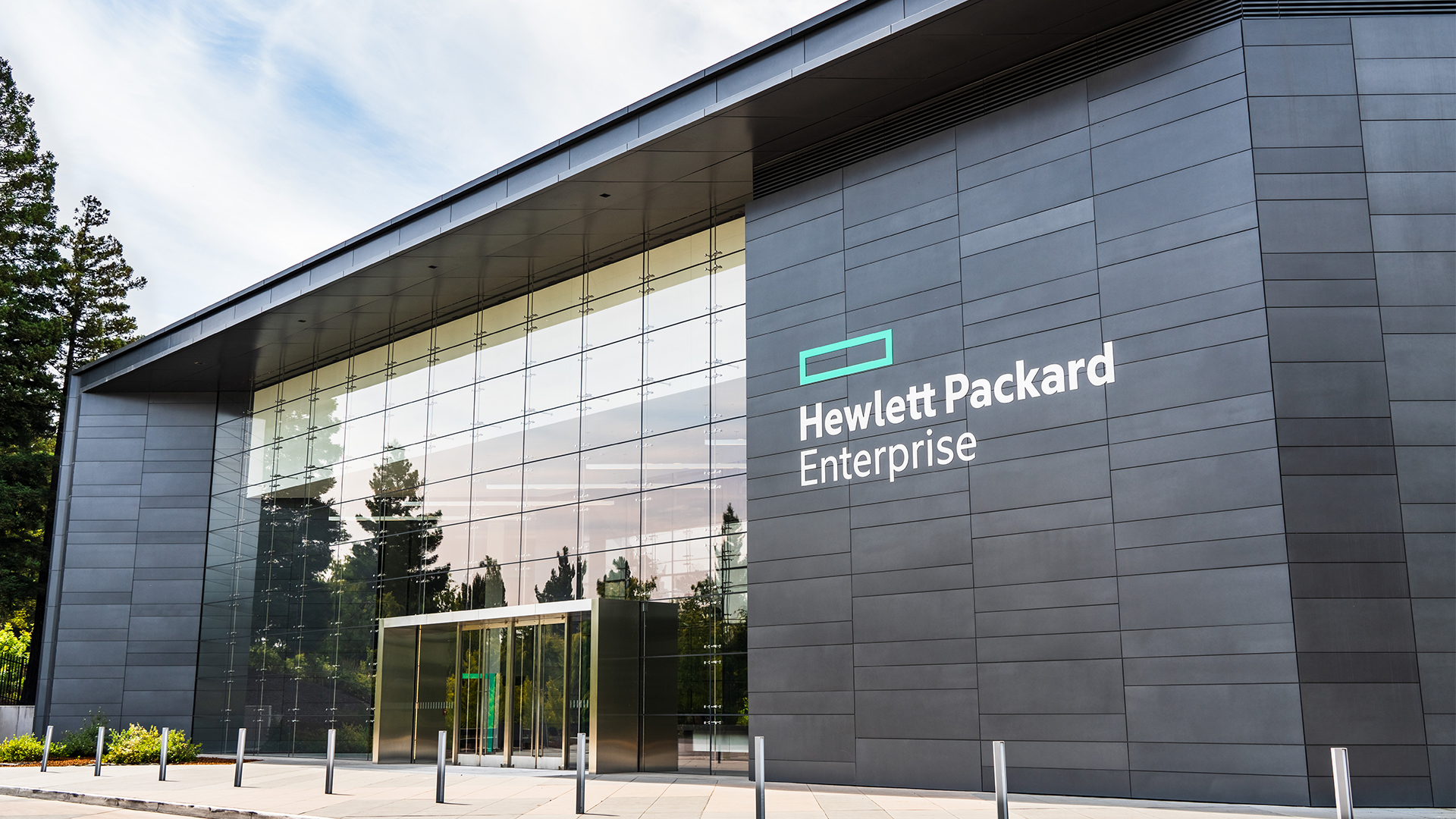 HPE’s AI and supercomputing journey continues with new Cray and Slingshot hardware
HPE’s AI and supercomputing journey continues with new Cray and Slingshot hardwareNews The company is also wooing MSPs and enterprises looking to roll out AI on-premises
By Jane McCallion Published
-
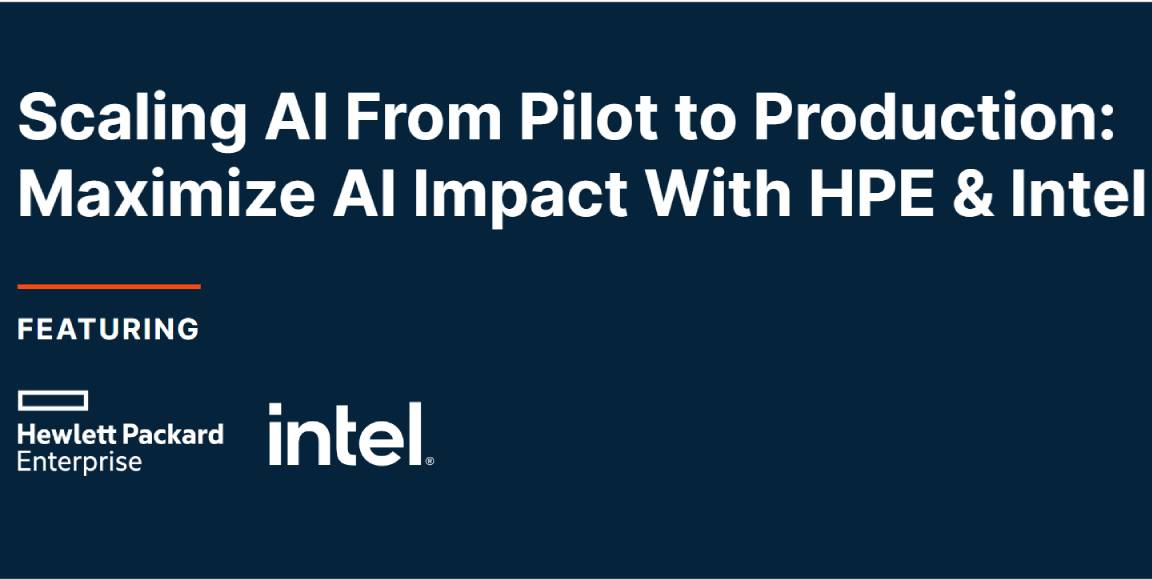 Scaling AI from pilot to production: Maximize AI impact with HPE & Intel
Scaling AI from pilot to production: Maximize AI impact with HPE & IntelWhitepaper Transform AI proof-of-concepts into full-scale implementations
By ITPro Published
-
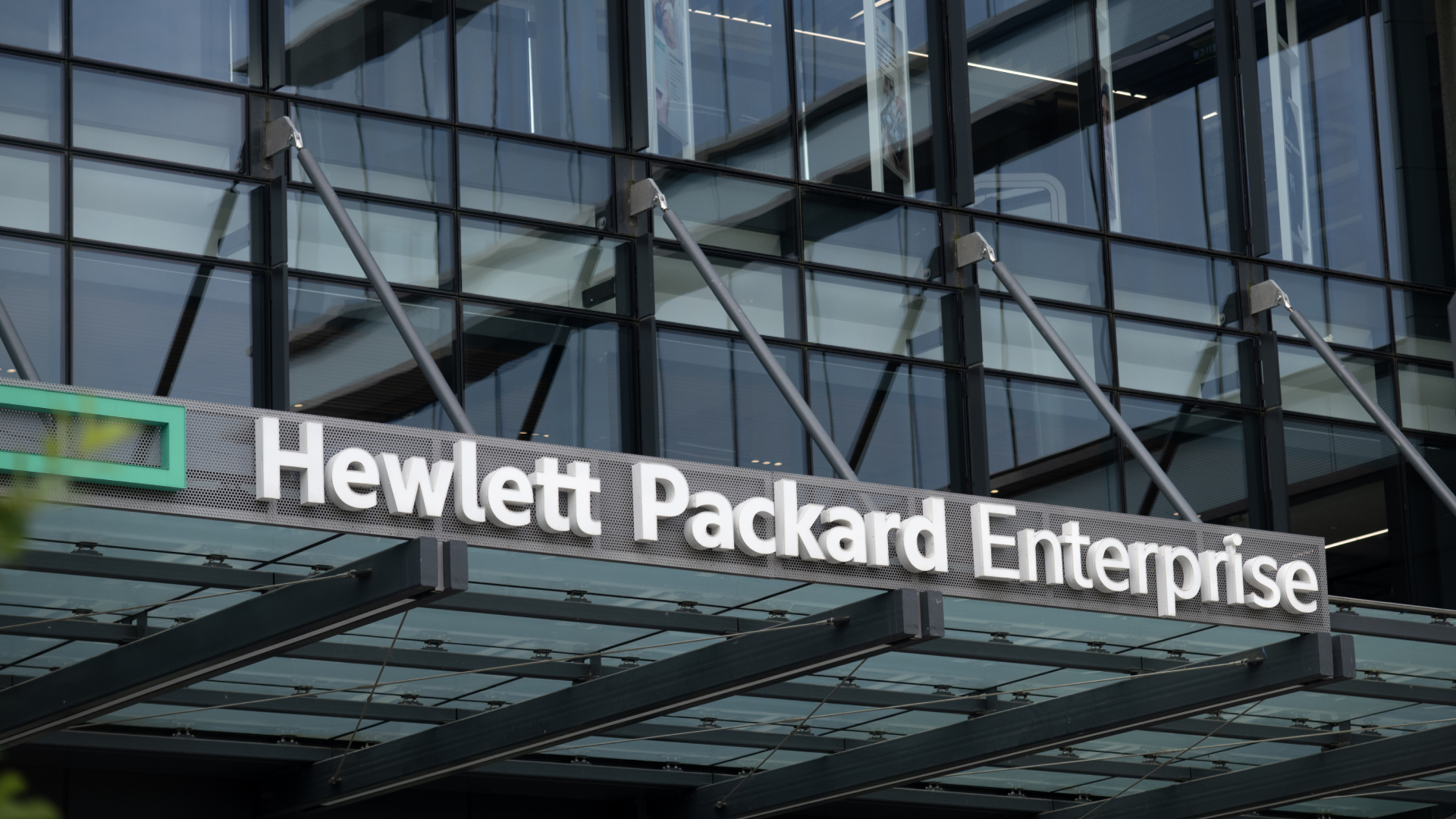 HPE’s ‘one-click AI solution’ for private cloud cuts project times from months to a ‘single moment’
HPE’s ‘one-click AI solution’ for private cloud cuts project times from months to a ‘single moment’News The new tools allow generative AI virtual assistants to be launched in seconds, using private data
By Emma Woollacott Last updated
-
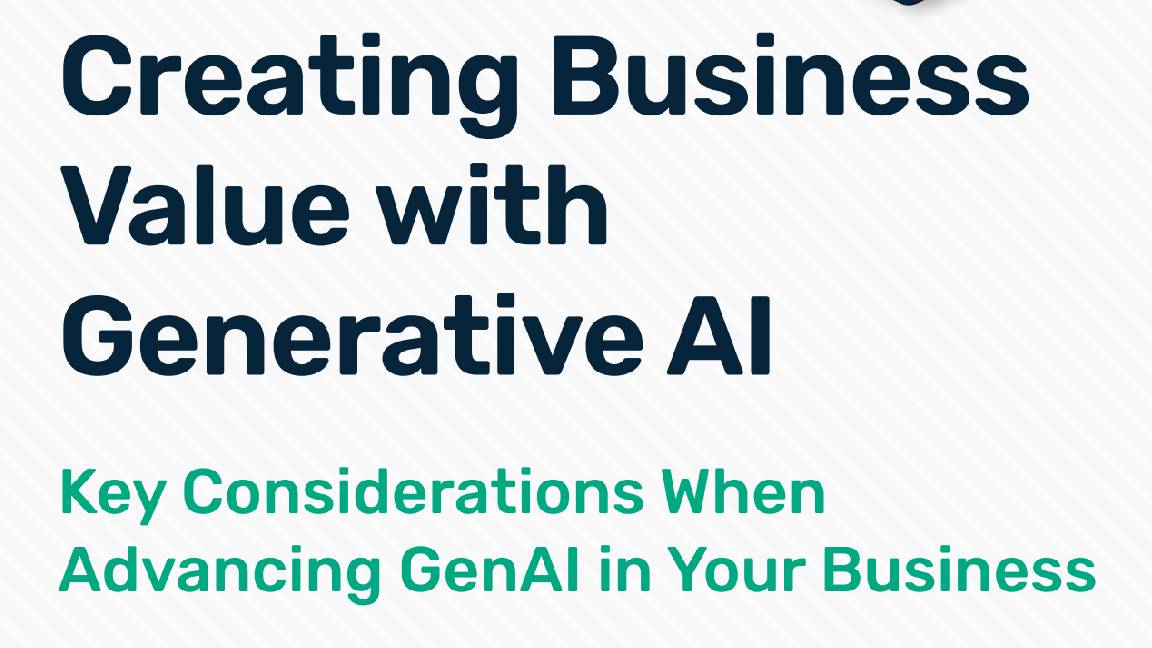 DE: The Gorilla Guide® to... Creating business value with generative AI
DE: The Gorilla Guide® to... Creating business value with generative AIWhitepaper Key considerations when advancing GenAI in your business
By ITPro Published
-
 FR: The Gorilla Guide® to... Creating business value with generative AI
FR: The Gorilla Guide® to... Creating business value with generative AIWhitepaper Key considerations when advancing GenAI in your business
By ITPro Published